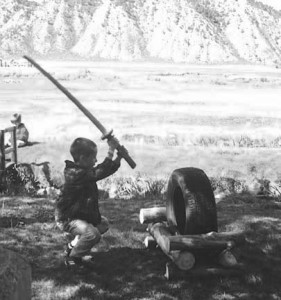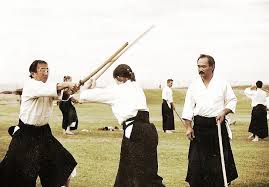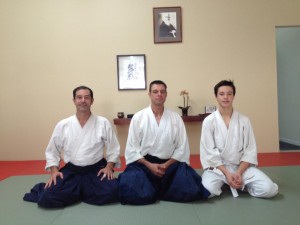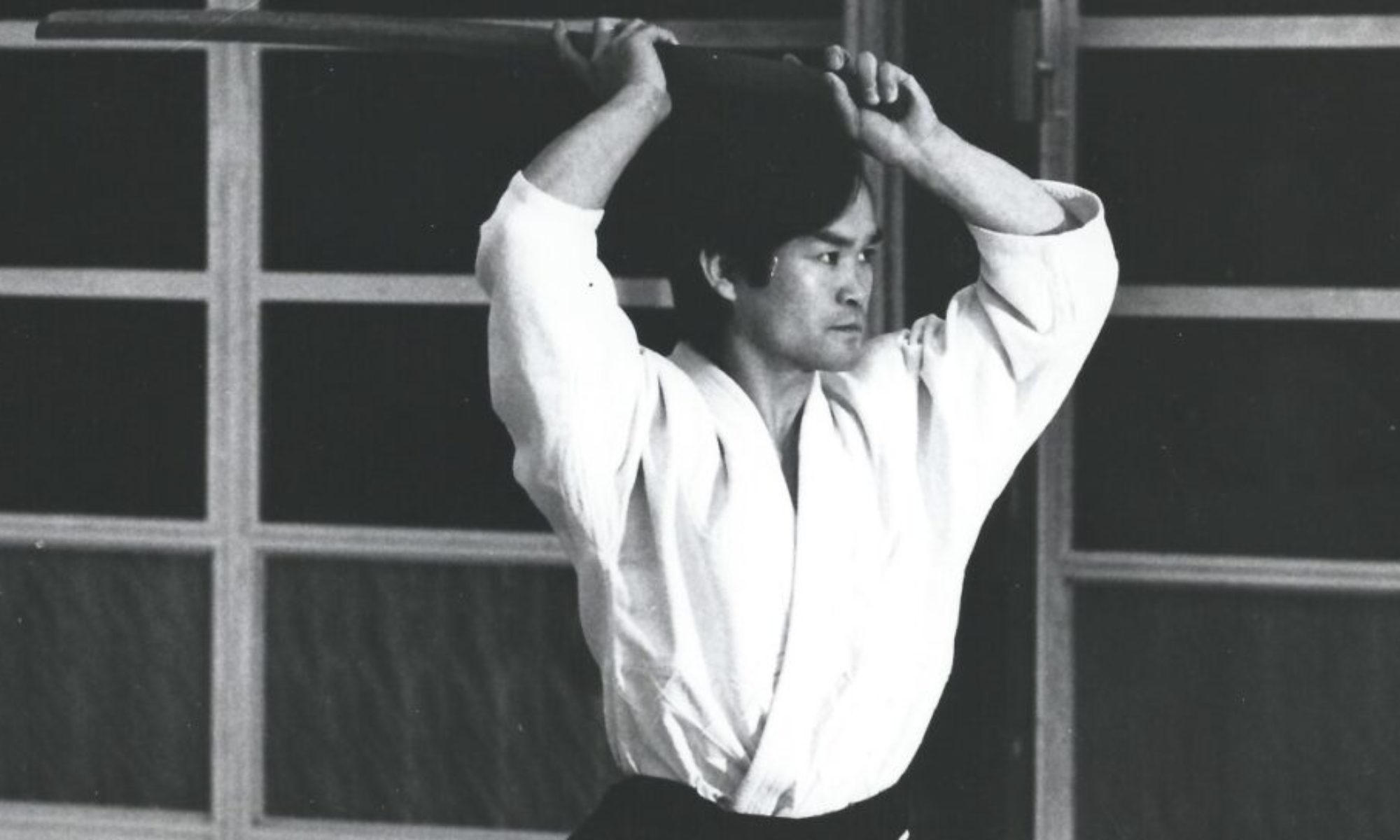
By Todd Fessenden, Vail Aikikai
At its most basic, fundamental level, testing plays a key role in ensuring the consistency and integrity of any practice whether martial arts, academics, business, medicine or virtually any established system. Testing within our practice functions as an assurance that the core fundamentals are intact and documents continual progress and growth.
This is true as well for any of the aforementioned endeavors. Rigorous testing goes into every product released to the market, any educational institution, any medicine produced, vehicles, airplanes, weapons, clothing; in essence anything of value has been tested. It is important that benchmarks be set in an effort to ensure results are measurable. I believe that the test requirements established by Chiba Sensei and the Birankai Teachers Council fulfill this critical function in maintaining the integrity of our organization.
A friend of mine who is an instructor and 40-year student of Okinawan Goju Ryu recently said to me that testing is more about the preparation than the test. Having said that, dan tests in his organization run as long as four to six hours. While initially this may seem a dichotomy, looking closer it’s clear to see that the test is a confirmation of the preparation as well. It is understood that while technical ability and memorization is important, the path of the student to arrive at the test is important to recognize in this process as well.
Testing should place the student under stress. Forging through that stress, even if not perfectly, is an important component of the testing process. In a sense, testing in Aikido takes the place of competition and assists the student in preparation for the battlefield. That may be an actual battlefield, a life-and-death situation or the symbolic battlefield of life. Training and testing should prepare us for the challenges we deal with as individuals; the training being the daily battle and testing the larger challenges which truly test our resolve.
Testing is a unification of the transmission of knowledge by the teacher and the reflection of the internalization of that knowledge by the student. Testing also functions as a way for a teacher to evaluate his own ability to transmit the essence of the art; for a given level of development in a student. In a sense, the test process mirrors the forging process. Not only is the student being forged, but the student and teacher are being forged simultaneously. The experience and transmission of the teacher and the resolve of the student come together. If both metals have been sufficiently refined and prepared, a sharper instrument is possible.
I recently went through this forging exercise on two separate occasions when students of mine were tested by other teachers, due to the fact that I did not hold a teacher’s certificate. One of my students was tested in September of 2012 for fifth kyu by Richard Ciriello Sensei. Ciriello Sensei was visiting one of his students who had recently moved to Colorado, whom I have become rather close to. I felt a significant amount of pressure in having a teacher, whom I had only just met upon his arrival at our dojo, come to our school and test my first fifth kyu candidate. At one point a technique was called for that we hadn’t been expecting, though since we had over-prepared, this student knew the technique. An additional bond was forged between myself, this teacher and his former student and the entire experience became a part of my own growth as a martial artist. Much like metallurgy, the proper combination of different metals produced a stronger validation of the transmission from teacher to student. I am extremely grateful to Ciriello Sensei for taking the time to come to our dojo, teach and lead this forging process and ask for nothing in return.
The second instance was, perhaps, one of the more significant events in my entire time as a martial artist, and requires a bit of back story. In 1991 I found myself in a fair amount of trouble after years of running amok as a wayward youth. I moved back to my hometown of Ventura, Calif., from Huntington Beach and enrolled in courses at Ventura Community College. By chance, I noticed a martial arts class was offered as a physical education elective. As a child I had always wanted to do a martial art, but my family could never afford it. I signed up for Nobuo Iseri Sensei’s Aikido class.

Upon my very first class I was hooked, not so much by all the odd hip gyrations and awkwardness of not knowing which foot was my left one anymore, but by Iseri Sensei’s presence and aura. I knew instantly that he had something I wanted to absorb. At the end of that first semester, Iseri Sensei announced he was opening a dojo in Ventura called The Moving Centre, and if anyone was interested in coming down to help build the place he would be grateful. I recall going down and scraping paint off the floor in the entryway and meeting the assistant instructor, Dennis Belt. I became one of the original students of this new dojo, and among the first group of new fifth kyu candidates. Eventually I took on the role of uchideshi for the better part of a couple of years which was one of the best, if not easiest, times in my life. I ultimately became the first dan grade promoted under this new partnership between Iseri Sensei and Belt Sensei.
In 1997, my first son, Charlie, was born. When Charlie was a baby he used to spend a lot of time at the dojo watching class from his playpen or swing. As Belt Sensei says, Charlie was pretty happy and quiet except for crying every time Belt Sensei would throw me. When Charlie was about four, he began taking the kids class at the Moving Centre. It was such a thrill to have him learn from both Iseri Sensei and Belt Sensei.
In the summer of 2002, I moved to Colorado. After taking karate for about six months, and upon the request of my karate sensei, I started teaching Aikido at that same dojo a couple of times a week with permission of the USAF-WR. Aside from a few years’ break I have continued to teach under Belt Sensei’s auspices, mostly beginners. One of those beginners is Charlie.

In November 2012 Belt Sensei moved what was the Moving Centre, now Ventura Aikikai, to a new location and held a grand opening along with Archie Champion Shihan. Champion Sensei was a close partner to Iseri and Belt senseis through the years that I trained under them, and a regular figure at the dojo. I suggested to Belt Sensei that Charlie test for fifth kyu at the grand opening. He accepted, and the whole family traveled to California. Charlie tested in front of Belt Sensei and Champion Sensei (talk about stress!) and gave a strong and spirited test, his teacher and father sat with clenched sweaty fists and a knot in his stomach the entire time. I’m not sure I even took a single breath. The significance of having my first-born son test for his first rank, at the grand opening of the dojo where I took my first test, in front of my teacher and Champion Sensei, was not lost on me. When Charlie passed I felt an immense amount of pride, relief and emotion. He was the first kyu-rank promoted at the opening of the new school location, much like I was so many years ago. A picture of Iseri Sensei sat on the kamiza looking out at us the entire time.
To me testing is not only valuable; it is woven into the fabric of my life. It has been both a difficult and cathartic experience personally, whether my own tests or ones of my students, but one that I think any organization with a reputation such as Birankai should take very seriously. I see testing not only as a set of technical metrics and guidelines, but as a forging process for students and teachers and one that ensures both the spirit and the body are continuously honed. Lastly, testing provides validation of the transmission from teacher to student: in this case from O-Sensei to Chiba Sensei, to Iseri Sensei and Belt Sensei and then to all of us fortunate enough to have been made part of the alloy.
This essay was submitted as part of Todd Fessenden’s sandan test in October 2014.
